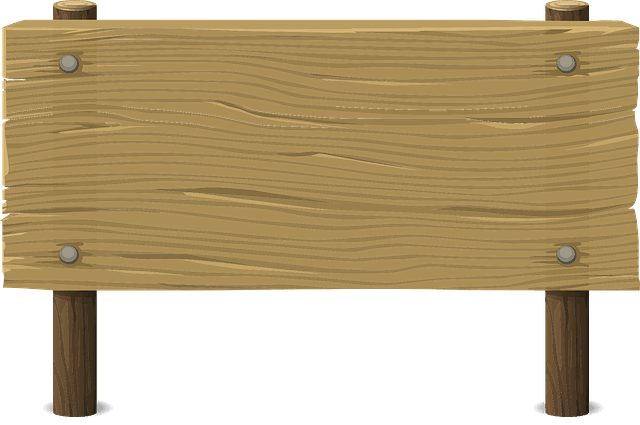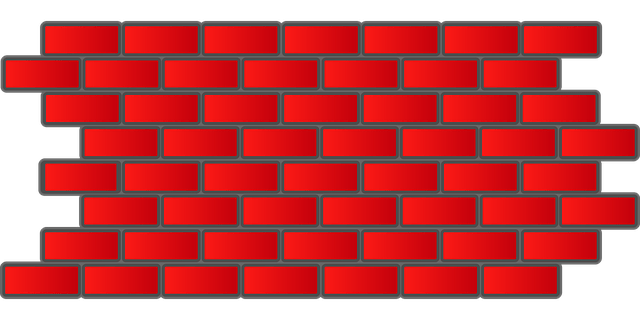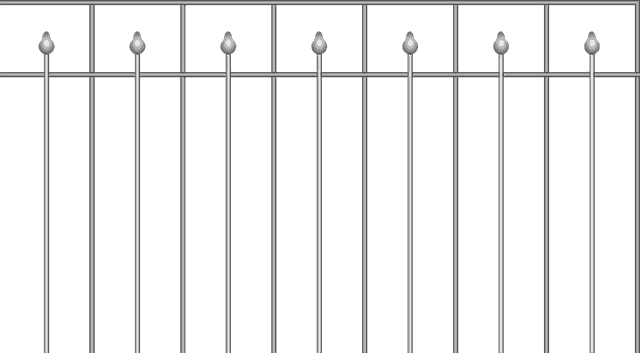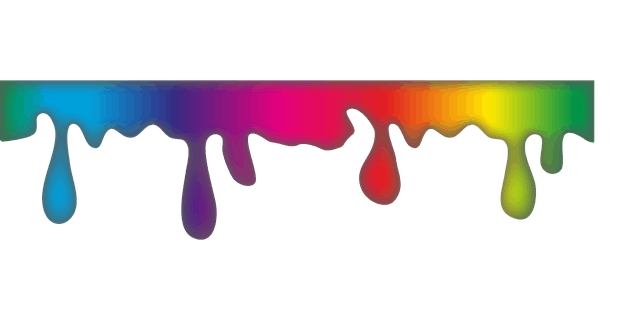How to Use a Wagner Paint Sprayer
Wagner Company has recently made the top choice paint sprayer that not only delivers the best quality paint finish but also records an incredible net efficiency. 
Setting up the paint sprayer may be challenging, especially if you’re new to painting. But having the proper guidelines, you’ll end using the paint sprayer appropriately.
On how to use a Wagner paint sprayer – select the right materials and tools, prepare the paint, set the sprayer setting, and test the settings before applying a consistent spray pattern application.
Further, change the nozzle pattern (if need be), adjust the sprayer into finish pattern settings, and clean the paint sprayer before leaving it to dry. Finally, pack and store the Wagner spray painter in a cool and dry place away from dust.
Details: How to Use a Wagner Paint Sprayer
Wear protective gear during paint application for your own personal safety. To gain In-depth insight, let us get into the details. The material and tools required are:
- Wagner sprayer gun and power source
- Extension cable and an empty bucket
- Waterpoint and paint
- A ladder – if necessary
- Overall and safety goggles
- Gloves and a pair of boots
- Respirator and masking tape
- Surface cover clothes
a. Prepare the Paint
- Put on protective gear – gloves, overalls, safety goggles, respirator, and boots – for your own safety purposes
- Pour the paint into an empty bucket gently
- Thin the paint sufficiently as per the manufacturer’s instructions. Well thinned paint should flow smoothly without stopping when run on a gently inclined surface
- Stir the paint solvent to attain a uniform compound
See Also: Pump Sprayers for Staining Fences
b. Set and Test the Sprayer Settings
- Connect the sprayer to the power supply and switch on
- Fill the sprayer’s canister/container/cup with little paint
- Set the sprayer on the dial to painting mode
- Align the pray pattern appropriately and adjust the nozzle sufficiently
- Carry out a spray test over a small section within the surface that you intend to spray
- Assess the paint stickiness level and quality of the finish coat
A spray test is necessary in order to prevent paint wastage and using the wrong paint quality on the sprayer, which may lead to blockage or clogging.
c. Apply the Paint in a Consistent Pattern
- Having approved the spray action and quality delivered by the sprayer; then, you can begin consistent pattern painting.
- Fill the paint canister/cup with thinned paint
- Aim the spray nozzle at the surface to be painted
- Pull the paint trigger gently and run the paint sprayer over the surface back and forth as you apply a consistent spray pattern. Be careful not to overspray a given section. You must balance the paint coat delivered at every section
- Cover the entire surface with the first coat sufficiently and then release the trigger
See Also: Wagner Power Painter
d. Adjust the Sprayer to Finish Setting
- Adjust the Wagner sprayer to finish setting mode on the adjustment dial/knob
- Adjust the spray pattern and nozzle slightly – where necessary
- Pull the spray trigger gently and apply a thin coat layer over the previously painted area
- Run the spray gun over the surface (back and forth) until the entire surface is finely coated to attain a quality paint finish
- Release the paint trigger and end spray action
- Reset the pray pattern and application mode
- Switch of the sprayer
e. Clean the Sprayer and Leave it to Dry
Clean the sprayer (as advised further in this article) and leave it to dry.
Never store your paint sprayer without cleaning – the channels may block and clog. This destroys the sprayer’s service life with time.
See Also: Deck Stain Sprayer
How to Clean a Wagner Sprayer
The cleaning process for a paint sprayer is crucial as it determines the quality of the paint coat finish and the sprayer’s service life.
When cleaning, you need to follow the instructions highlighted below. The cleaning tools required include:
- The paint thinner and clean piece of clothing
- Waterpoint and empty buckets – two
- Soap detergent and a soft paintbrush
- Rinse bottle and rinse clothe
- Respirator and overall
1. Release Air Pressure
- Release the pressure nozzle (if any) to clean the internal pressure from the compressor
- Use the trigger to jerk the internal pressure intermittently
- Aim the nozzle at the empty bucket to avoid stray paints
2. Flush Paint Remains
- Engage the spray trigger and flush the paint remaining in the channel onto an empty bucket
- Add clean water into the spray canister/cup, stir slightly and spray into the bucket to remove paint from the surface contact.
- Repeat the steps above until you get clean water leaving at the nozzle
3. Clean and Rinse Spray Gun
- Switch on the paint sprayer
- Dip the spray gun into clean water and pull the trigger
- Spray within the bucket to rinse the entire spray gun
- Replace water with a clean one to attain quality results
- Switch off the paint sprayer
4. Clean Filter and Nozzle
- Disconnect the spray gun from the compressor
- Remove the spray patterns
- Detach the spray nozzle
- Rinse the nozzles separately with clean water
- You can use a soft paintbrush to scrub paint stains from the nozzle
5. Clean and Rinse the Canister
- Detach the paint canister/cup from the gun gently – unscrew
- Wash with thinner or water with soap
- Rinse with clean water
6. Assemble the Sprayer
Once the sprayer’s parts have dried, assemble them and store them in a safe place.
See Also: Airless Paint Sprayer Under 500
Maintenance Tips for the Wagner Paint Sprayer
To enjoy the long service life of your paint sprayer, I recommend that you adhere to the following maintenance tips:
- When setting up your Wagner sprayer, always follow the manufacturer’s instructions.
- If you are new to Wagner sprayer, consider contracting a professional when carrying out maintenance or diagnosis.
- Upon finishing your painting activities, clean the paint sprayer immediately to avoid clogging of internal blockage.
- Carry out prayer diagnosis frequently to improve its service life and reduce repair costs.
- During maintenance, motors and spray gun should be prioritized.
- Stick to manufacturer’s spray guidelines when using the spray gun – oil-based sprayer should not be used with water-based paint and vice versa.
- In case of part failure, similar spares should be used to match the net efficiency.
Precaution to Consider When Using a Wagner Sprayer
When using a paint sprayer for your painting activities, adhere to the precautions highlighted below:
- Before setting up the sprayer, read the instructions given thoroughly
- Always wear protective gear when painting for safety purposes
- Be sure to switch off the main power source when setting out your Wagner sprayer
- Carefully, unscrew the nozzle and patterns to avoid damage
- Flush paint in the channel before cleaning commences preventing chocking the pray gun
- Before assembling the sprayer, allow the parts to dry to touch – this prevents rust, if metallic
- Never over press the trigger during spray action – you may affect the release mechanism
Always pre-test the paint to be used before actual painting to prevent blockage and clogging of sprayer’s channels. Match your sprayer to appropriate paint always.
See Also: Paint Sprayer for Ceiling
Conclusion
In summary, on how to use a Wagner sprayer, select the right materials and tools, prepare the paint, set the sprayer setting, and test the settings before applying a consistent spray pattern.
Further, change the nozzle pattern (if need be), adjust the sprayer into finish pattern settings, and clean the paint sprayer before leaving it to dry.
Finally, pack and store the sprayer in a cool and dry place, away from dust. It’s advisable to wear protective gear when painting for your own personal safety.





